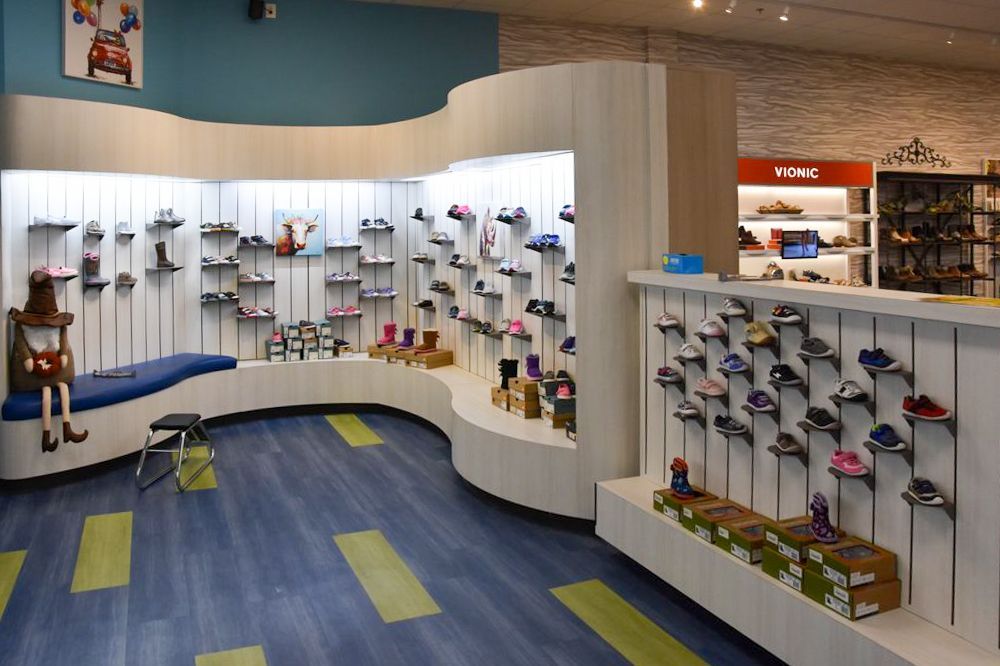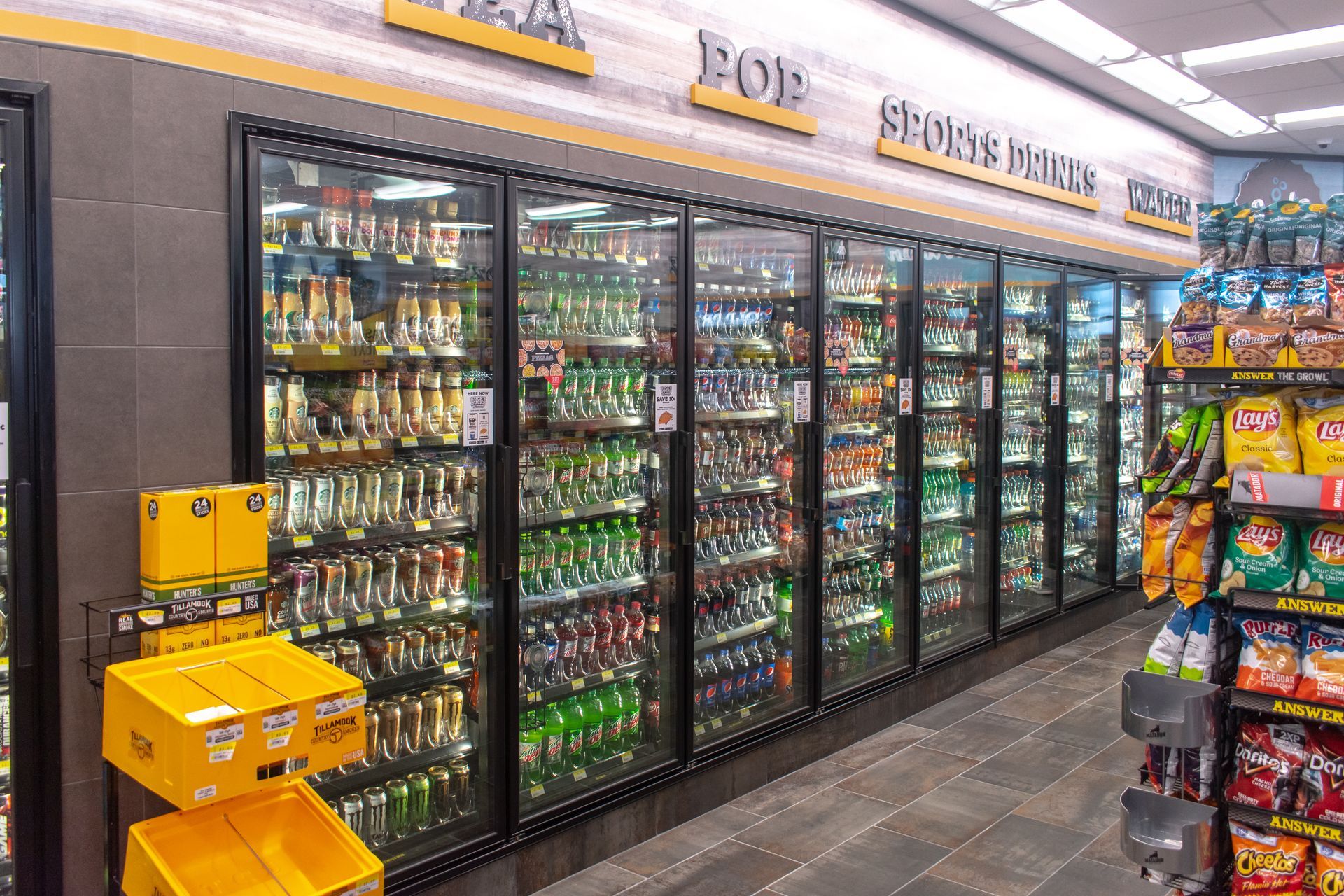Merchandising Tactics to Drive Impulse Purchases
Merchandising Tactics to Drive Impulse Purchases
Merchandising Tactics to Drive Impulse Purchases. It’s ironic that something called “unplanned purchases” accounts for almost 80% of retail purchases. But unplanned purchases, also termed “impulse purchases”, are something for which every company must develop a sound strategy, utilizing the most effective retail merchandising tactics in order to optimize their share of this weighty percentage.
Low Risk + Low Price = High Reward (For You)
Everyone has made impulse purchases. Think about the items you’ve “impulse purchased”: gum, a magazine, pop, baseball cards, a small toy, the list goes on. Different products, with one common denominator: they don’t cost a lot, they’re easy to grab off the shelf or from a display, and there’s zero risk associated with buying them.
Of course, there are countless companies looking to make their impulse item stand out. So which merchandising tactics work best?
- Pricing: the lower the better
- Placement: a broad, diverse selection on a prime shelf, gondola, or end-cap
- Product: Attractive, eye-catching colors
- Promotion: promote your products in a POP display to separate them from the competition while making them just as accessible (or more so). Add “discount”, “new”, or “sales” signage and reap big rewards.
Find a Need and Fill It
The phrase “Find a need and fill it” has been around since the dawn of time. In its most basic interpretation, you find out what your customer needs and fulfill that need. Nowadays, the process of determining and fulfilling needs is quite complex. With so many companies vying for a consumer’s attention, the axiom “knowledge is power” has never been more relevant.
Before you develop merchandising tactics to drive impulse purchases, you need to know everything there is to know about your target audience:
- How often they shop
- How loyal they are to brand-names
- How much more likely they are to buy products that are part of a promotion
- Average number of items purchased per store visit
- Average dollar amount spent per store visit
Armed with this data, you should have no problem creating a highly effective POP display/merchandiser that provides you with a juicy slice of the “80% pie” mentioned above.
Cross-merchandising/transaction-building for Increased Impulse Purchases
Why compel the customer to make one impulse purchase when they could make two, or three? This is where cross-merchandising and transaction-building are key. One great, well-merchandised product is, well, great. But three great products are even better, especially if you can convey the message that all three products are the sum of a whole. Or, put another way, the consumer must understand that buying one of your products is fine, but buying all three is mind-blowing. For example, if you were to design a POP display to sell stationery, your display would integrate paper, envelopes, and pens/pencils. All three products are linked together: each one has a use on its own, but the “total package” is what the consumer really needs.
Test and Retest
Even when armed with copious consumer data and a knockout merchandising display idea, you still don’t want to cannonball into the pool right away. Dip your toe in first by testing your approach at one or two stores to see how consumers respond. Set a minimum baseline for the amount of impulse purchases you’d like to accrue, and tweak your merchandising display/product mix & look until you’ve blown through said baseline. Then expand the concept to additional stores.



